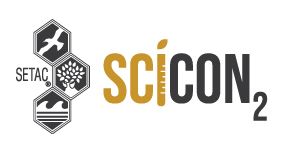OR&R Emergency Response Division Co-teaches at SETAC North America 41st Annual Meeting
NOVEMBER 23, 2020 — Assessing the hazards and risks posed by oil and petroleum products is challenging due to the complex nature and variable physiochemical properties of constituents comprising these substances.
On November 15, the first of the five-day conference, John Tarpley with OR&R's Emergency Response Division, along with co-instructors from the petroleum industry, academia and USEPA, provided an eight-hour training course to 35 national and international students on the topic of “Oil in the Aquatic Environment: Sources, Fate, Effects, Monitoring and Response Options.” The training was organized by USEPA, ExxonMobil, Shell, and Texas A&M.
John provided instruction on the Science of Shoreline Cleanup and Response Options. The course was aimed at individuals interested in improving their understanding of the principles that dictate the fate and effects of oils in aquatic environments and related chemicals used in spill response. It covered the chemistry and types of oils, and how composition and properties change upon release to the environment. The instructors also shared some practical experience gained and lessons learned from experts engaged in designing, conducting, and interpreting lab fate and toxicity tests and field monitoring studies. The instructors and students discussed current and emerging methods and models that can be applied to these complex substances. Finally, pragmatic guidance was also offered to inform contingency planning and spill response decision-making.
For more information, contact John.Tarpley@noaa.gov.
 An official website of the United States government.
An official website of the United States government.

